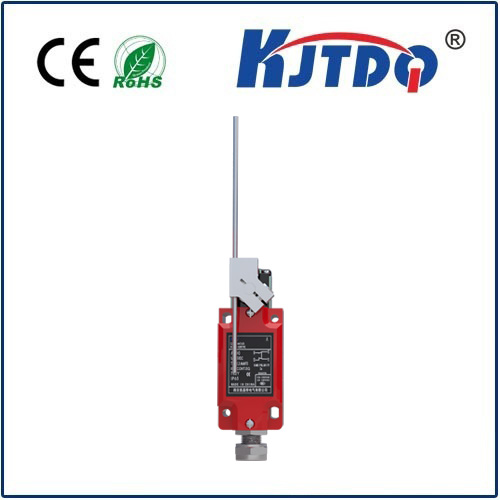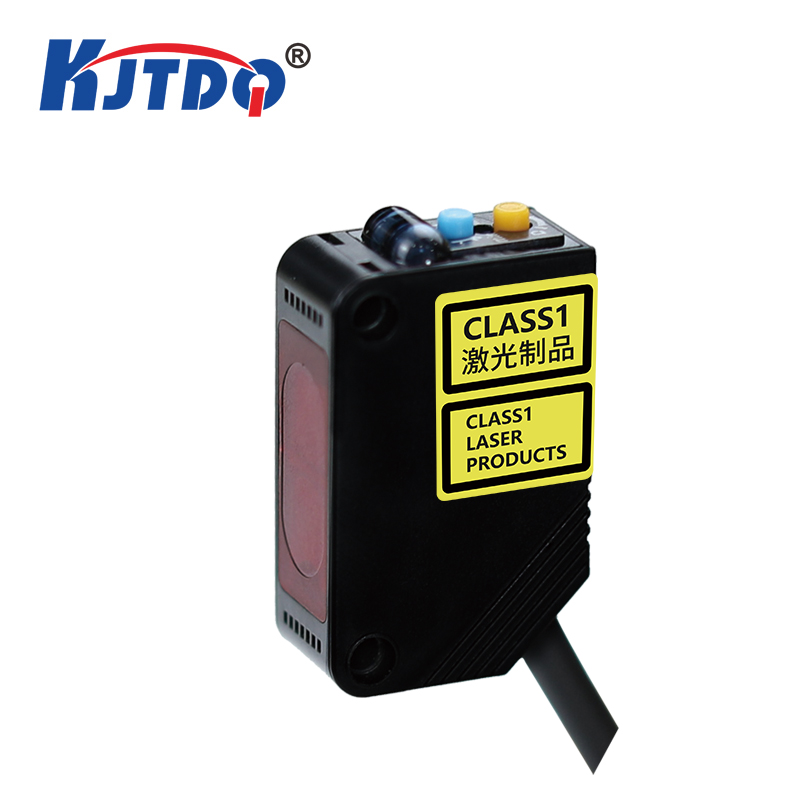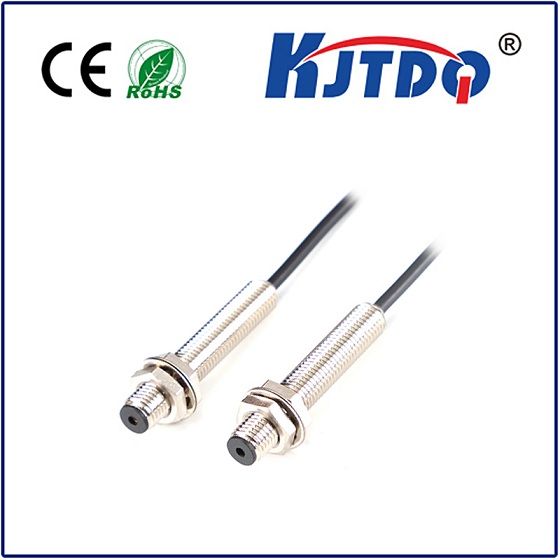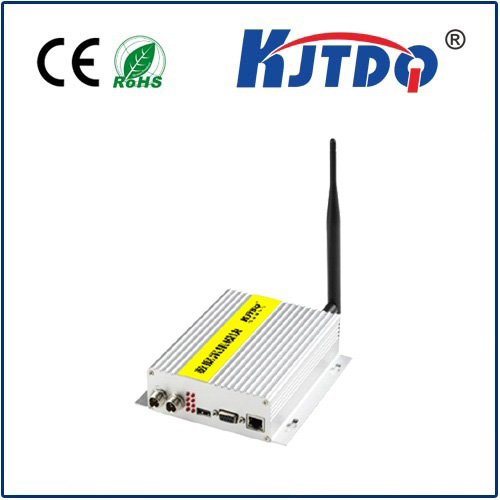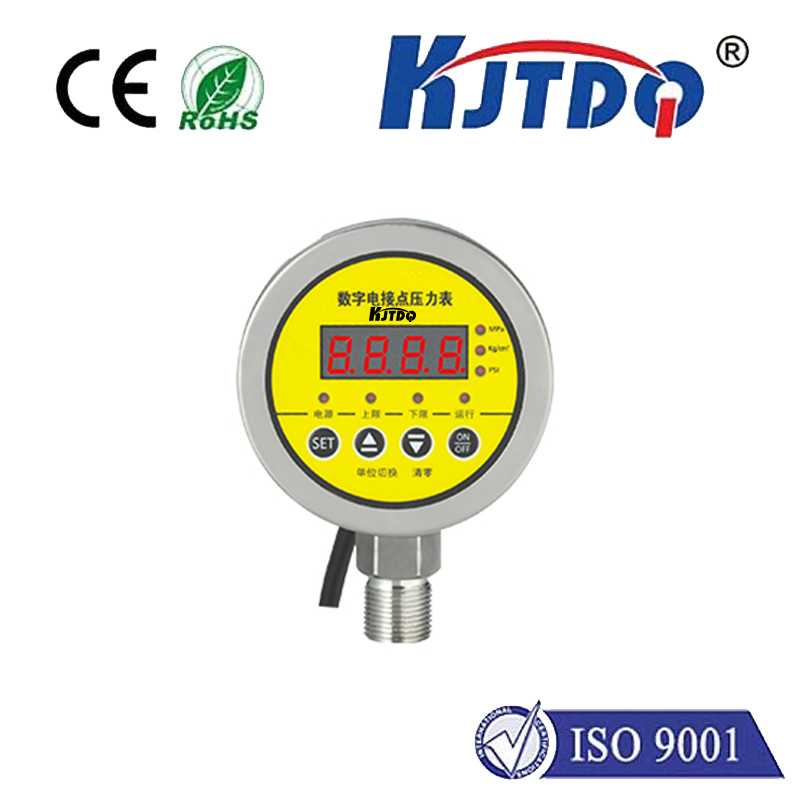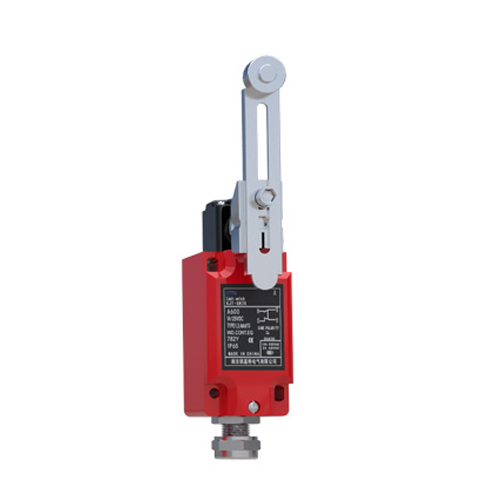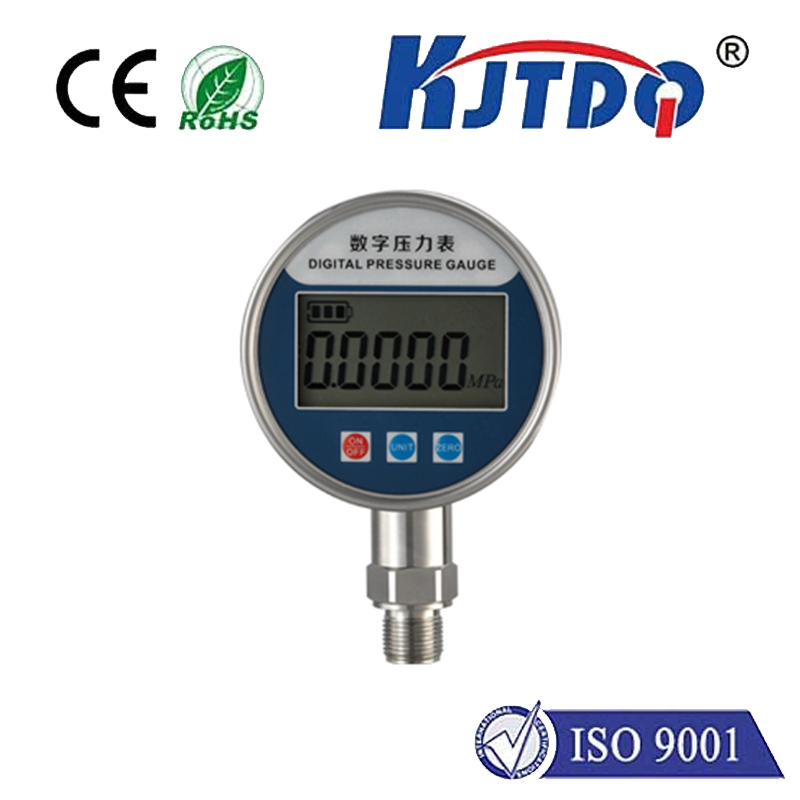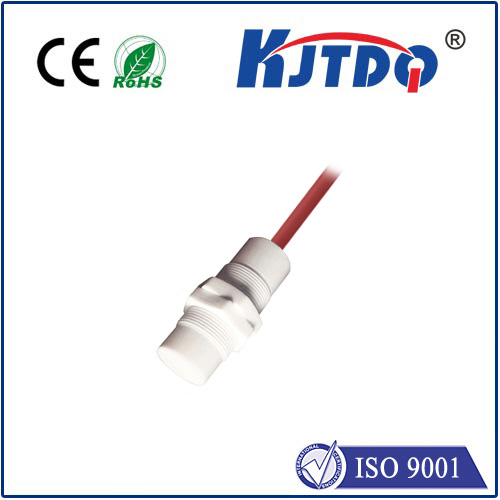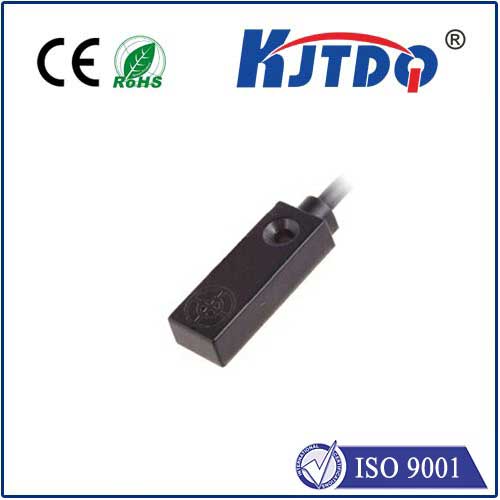

check

check

check

check
Imagine a world where machines operate flawlessly, detecting objects without a single touch, saving countless hours in production lines and preventing costly human errors. This isn’t science fiction—it’s the reality powered by advanced proximity sensors like the BES01A1. As industries embrace automation at an unprecedented pace, the BES01A1 proximity sensor stands out as a cornerstone technology, offering unparalleled reliability in detecting the presence or absence of objects. Specifically engineered for demanding industrial environments, this sensor transforms how systems interact with their surroundings, ensuring seamless workflows and boosting efficiency. In this exploration, we’ll dive deep into the capabilities, applications, and unique advantages of the BES01A1, revealing why it’s becoming an indispensable asset in modern engineering.
First, let’s unpack what the BES01A1 proximity sensor truly is. At its core, this device is a non-contact, inductive sensor designed to detect metallic objects within a specified range, relying on electromagnetic fields to sense their presence without physical interaction. This fundamental principle sets it apart in the broader category of proximity sensors, where accuracy and durability are paramount. The BES01A1 model excels with its compact size and robust housing, making it ideal for installations in tight spaces or harsh conditions like manufacturing plants. Its typical sensing distance ranges from 1 to 5 millimeters, providing precise detection that minimizes false triggers—a critical feature for applications requiring high repeatability. What’s more, it often includes adjustable settings for sensitivity, allowing customization to suit diverse operational needs. By eliminating the wear-and-tear associated with mechanical switches, this sensor enhances longevity, reducing maintenance costs over time. In essence, the BES01A1 embodies innovation in sensing technology, merging simplicity with sophisticated performance to meet the evolving demands of smart factories.

Transitioning to how this sensor operates, it leverages inductive sensing to generate a magnetic field. When a metallic object enters this field, it causes a disturbance detected by the sensor’s circuitry, triggering an output signal such as a digital switch or analog voltage. This process is remarkably efficient, with response times measured in milliseconds, ensuring near-instantaneous reactions in dynamic settings. For instance, the BES01A1 can handle frequencies up to 1 kHz, enabling it to keep pace with high-speed conveyor systems or robotic arms without lag. Its IP67-rated enclosure provides excellent resistance to dust and water ingress, safeguarding it in environments like automotive assembly lines or food processing facilities where contamination risks are high. Key technical specifications include a wide operating temperature range (typically -25°C to 70°C), ensuring stability in extreme climates, and low power consumption for energy-efficient integration. Compared to other sensors, such as capacitive or ultrasonic variants, the inductive nature of the BES01A1 makes it exceptionally reliable for metal detection, avoiding interference from non-metallic materials—a distinction that underscores its niche in precision-driven contexts.
Now, consider the vast array of applications where the BES01A1 proximity sensor proves invaluable. In industrial automation, it serves as a linchpin for safety and efficiency, monitoring the position of machine parts to prevent collisions or ensuring components are correctly aligned in assembly processes. Automotive manufacturing relies heavily on this sensor for tasks like detecting vehicle frames on production lines, where consistent accuracy prevents costly errors and downtime. Similarly, in packaging and material handling, the BES01A1 facilitates automated counting and sorting systems, optimizing throughput by verifying object presence before sealing or transporting items. Beyond factories, it finds roles in robotics and smart infrastructure, such as guiding autonomous vehicles in warehouses or triggering alarms in security setups. The versatility of the BES01A1 proximity sensor also extends to consumer electronics, where it can activate touchless interfaces, enhancing user convenience without physical buttons. These real-world uses highlight how this sensor adapts to diverse sectors, performing reliably even in challenging scenarios where vibration, debris, or thermal fluctuations are common.
The benefits of integrating the BES01A1 into systems are multifaceted. Foremost is its cost-effectiveness—by preempting failures through precise detection, it cuts unplanned outages, saving organizations significant repair expenses. Durability is another standout feature; with rugged construction, the sensor withstands shocks and corrosion, outlasting alternatives in high-wear environments. Ease of installation further amplifies its appeal, as the compact design and standard mounting options allow quick retrofitting into existing setups, minimizing disruption. Moreover, the BES01A1 enhances safety protocols by enabling automated shutdowns when hazards are detected, protecting human workers in hazardous zones. From an environmental perspective, its low energy draw aligns with sustainability goals, reducing overall carbon footprints. When evaluating alternatives, the proximity sensor excels where metal detection is key, offering a balance of performance and affordability that makes it a go-to choice for engineers. Ultimately, these advantages translate to higher productivity and innovation, driving advancements across industries.
As we’ve explored, the BES01A1 proximity sensor isn’t just a component—it’s a catalyst for smarter, safer automation. Its ability to deliver consistent, contact-free detection empowers systems to operate with greater intelligence, fostering a future where efficiency and reliability reign supreme.
